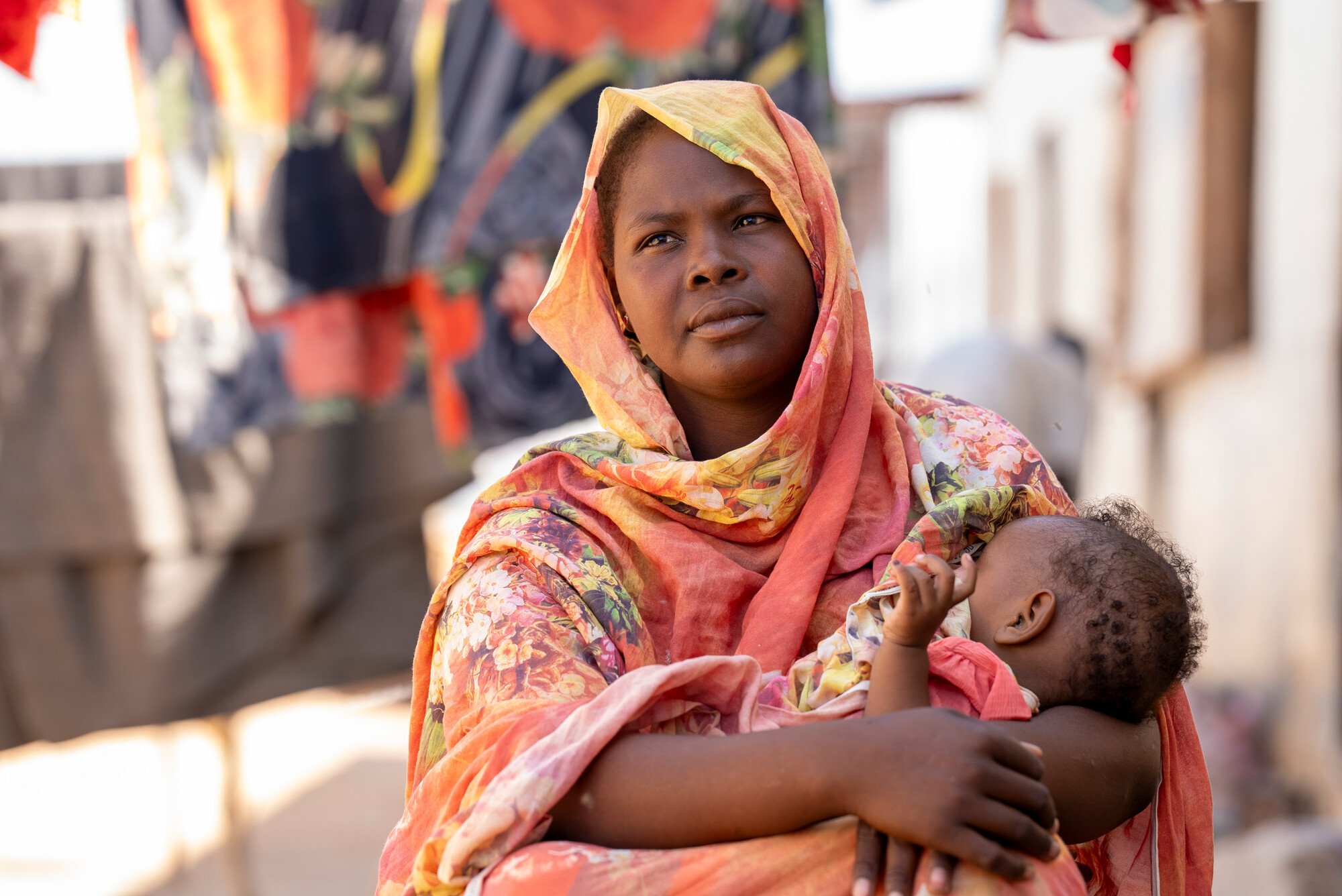How new ways of cultivating rice using fewer seeds can produce more food, and bring a family together.
When Chuk Meun told his 22-year-old daughter Phaly that she could plant some rice on a small section of his land, it was the beginning of a growing season he will never forget, and a period of conflict he never expected. But it led to a harvest that would change the prospects of his entire family.
Phaly had been training with an organization supported by Oxfam called Srer Khmer in how to use the System of Rice Intensification (SRI). SRI is a way of growing rice that uses less seed. Farmers transplant younger seedlings individually and in rows, each seedling farther apart to allow the plants more space and light and nutrients. It seems incredible, but if done well with enough rain, it can double a normal harvest.
But to Meun, now 64, it all looked bad. He had none of Phaly’s SRI training, and only knew conventional rice-growing methods. “If you do this you will have problems with me,” he says he told her on the day he saw her transplanting in rows. He was convinced she would produce less rice than transplanting a fist full of five or six older seedlings, grouped close together to maximize the number of plants in the field.
“After she transplanted I looked at the field, I thought it was hopeless and it made me angry, that it was a waste of time and land,” he says. “I did not talk with her for three months.”
Phaly’s mother, Soi Houn, on the other hand, didn’t hold back. “I criticized her all the time,” she now says. “I was very critical about the space between the plants.”
It was a rough few months for Phaly, but she laughs about it now, the entire family does actually. “They were so angry,” she giggles, glancing at her mother on one side, and her father on the other, outside her parent’s home in Pursat province.
Looking better
Meun says a month later, “after Phaly added compost, the plants were growing straight and tall and I could see the grains growing, and I started to have hope,” he says. Apparently he did not mention this to his daughter, who interjects,“He was still not talking to me,” prompting more laughter.
But Phaly was not surprised. Oxfam’s partner Srer Khmer brings farmers like her together in groups to learn and share ideas, so she knew after her father saw the results, he would understand. Her training was part of Oxfam’s program to help farmers adapt to a changing climate, and produce more food. Srer Khmer is working with more than 3,000 SRI farmers in two provinces, training farmers and helping the more proficient ones to become trainers. The organization has been working with Oxfam for seven years and has trained nearly 8,000 in the System of Rice Intensification.
“Super happy”
Things changed between Phaly and her parents around harvest time. “They were super happy,” Phaly says. “They asked why there was so much more rice.” Her father, she says, helped her with the harvest and “started talking with me again when he saw the results, which was seven sacks, double the normal harvest in this field of about three.” Meun slowly gave up his skepticism of SRI, and Phaly says that starting in 2011 he “completely changed his mind, he now only plants using SRI.”

“SRI is a powerful tool,” Meun says, noting that on a hectare of land (about 2.45 acres), “I used to grow one or two tons, now I can get four.” In a year with enough rain, Meun says that can mean 16 tons of rice from his four hectares, “so much I don’t have enough space to store it.”
Phaly says the increased rice yield has translated into a better standard of living for the extended family (she’s now 26, married, with a little son). “Before we had almost nothing,” she says. “After switching to SRI we are saving money, we bought a tractor three years ago, and we just got a new motorbike.”
As a former village chief, Meun is using his status to get more farmers to try SRI. “I always talk about SRI because it can help people increase their income and get out of poverty,” he says.
Meun says he thinks about Phaly differently now. “I really appreciate Phaly’s agricultural skills,” he says. “I hope she can gain the trust of others to teach them SRI. I think she’s able to be a village chief in the future.”
Phaly says she has already trained 15 other families in SRI practices. She seems to like her father’s suggestion: “If I could get the chance to be village chief, I’d try to do it so I can lead other farmers to try SRI.”
Oxfam is dedicated to creating lasting solutions to poverty, as well as responding to emergencies. Right now, millions of people are on the brink of starvation. Meet a few of the individuals working hard to overcome hunger, and find out how you can help.




